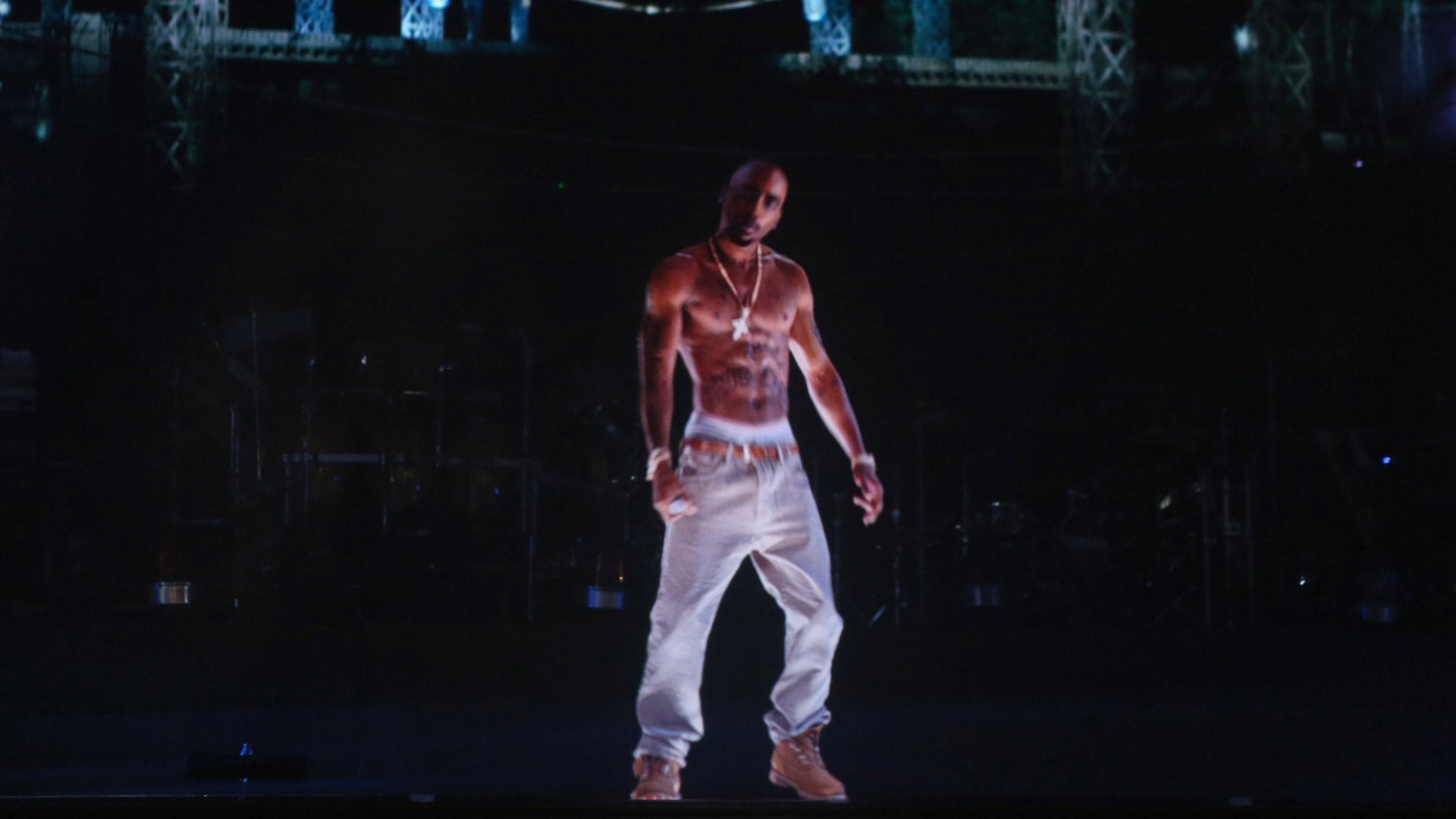It’s time for all politicians to start campaigning via holograms
Forget a hologram for the king, what about a hologram of the king?


Forget a hologram for the king, what about a hologram of the king?
While the assembled members of Congress get to see President Obama in the flesh at tonight’s State of the Union address, future presidents and campaigning politicians might just want skip the backbench heckling and tele-prompters and deliver the words via hologram.
Sound ridiculous?
It’s not just Tupac, Marilyn Monroe and Psy making appearances as digital ghosts, but also some not-insignificant politicians who are making a new kind of electoral projections, speaking from the stump as holographic apparitions.
On Sunday, Turkey’s embattled Prime Minister Recep Tayyip Erdoğan used a hologram to address a group of local politicians of his AKP party in Izmir, on Turkey’s western coast. Wizard-of-Oz style, Erdoğan appeared in a flourish of spirals to the cheers and whistles of surprised local party members.
Erdoğan isn’t the first controversial politician to go use photons for a photo-op. In November 2012, campaigning for his BJP party in advance of state elections in western India, Gujarat Chief Minister Narendra Modi deployed holograms of himself to 53 public rallies across the state (earning him the Guinness world record for simultaneous holograms), a feat which he’ll repeat while campaigning for prime minister ahead of national elections this spring. The Times of India put the cost of the hologram technology used by Modi at $10 million as part of his larger PR arsenal that includes a cable channel.
While Modi and Erdoğan are leveraging the technologies to add a bit of futurity to their images and gain a visionary veneer, they both might also find themselves accused of being even more removed from the street as a result of sending digital proxies. By comparison, campaigning and governing in America have already become so media-and-technology saturated that a stump-speech-by-hologram might just come off as camp as when CNN pulled Will.i.am out of thin air in 2008.
Then again, between braving the poor travel infrastructure, negotiating increasingly rambunctious crowds and schlepping through the snow of New Hampshire or Iowa, a 3D candidate in appearance might seem like a better option to campaign staff constantly looking to lower risks. And after the absurdities of 2012, campaigning seems to know no shame.
Hillary by hologram, anyone?